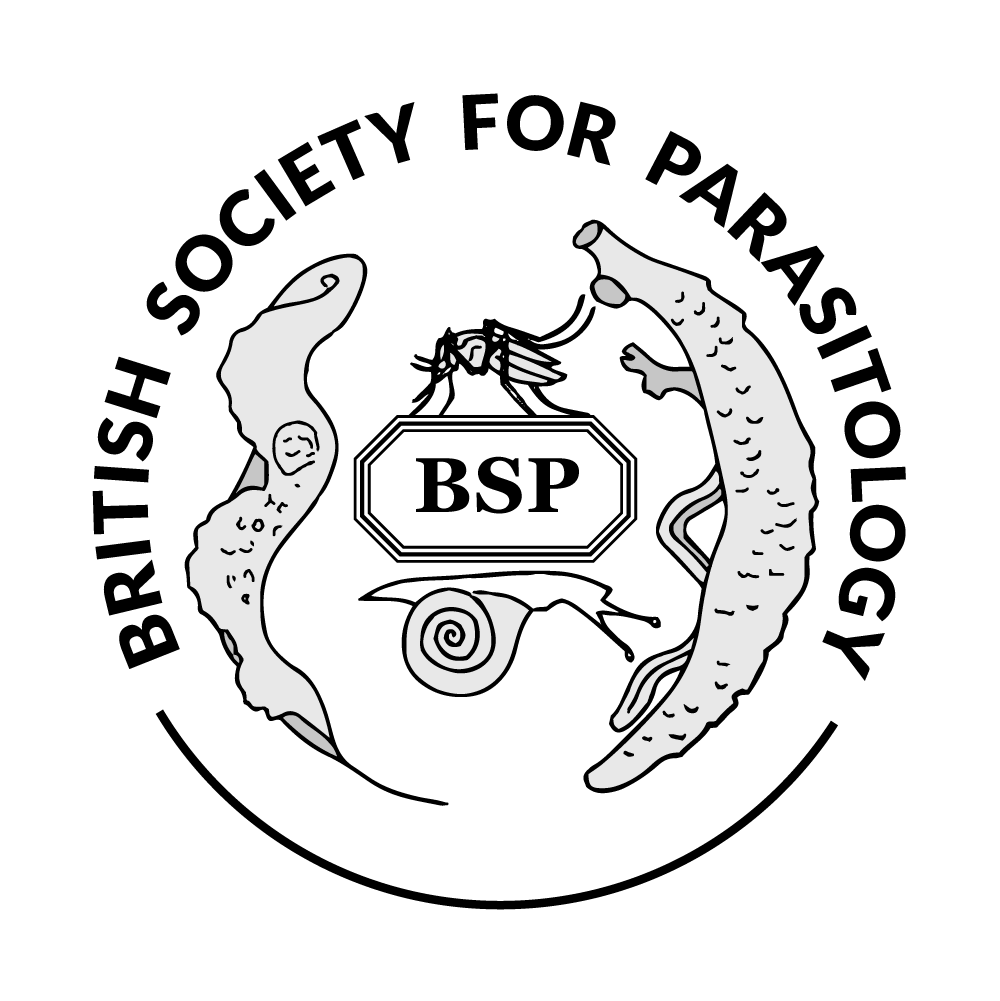Authors
R Pandey1; R Kumar1; D Brady2; P Malhotra1; R Tewari2; D Gupta1; 1 International Centre for Genetic Engineering and Biotechnology, India; 2 University of NottinghamDiscussion
Plasmodium phosphatases and kinases are involved in all essential processes in the parasite life cycle. Using in silico techniques we were able to identify 67 putative phosphatases in P. falciparum based on conserved domain and its substrate preference, of these 32 are identified as protein phosphatases. Among the 67 identified Plasmodium phosphatases, 5 were identified as potential tyrosine phosphatases (PTP1, PTP2, PRL, YVH1 and PTPLA). The tyrosine phosphatases share a common catalytic mechanism mediated by CYS, ARG and ASP residues. The protein family has a distinctive signature motif, (I/V)HCXXGXXRS, harbouring the crucial catalytic cysteine residue necessary for the PTP activity. Tyrosine phosphatases in higher eukaryotes are involved in around 2% protein dephosphorylation reaction and play essential role in signalling, cell growth, differentiation and cell cycle progression control. Two of the P. falciparum PTPs (PRL and YVH1) have been biochemically analysed and are likely to be essential for parasite survival whereas PTP1, PTP2 are non-essential and PTPLA is essential during sporozoite development in P. berghei. PRL phosphatase is prenylated, secreted and has been shown to be involved in the host invasion process making it as potential drug target. PTPLA, is a PTP like protein where proline residue is present instead of an active arginine in the distinctive signature motif. It is present in both host and parasite. In this abstract, we will present our results with respect to two Plasmodium PTPs; PRL (structure based in-silico drug screening) and PTPLA (cellular localization and phenotypic analysis using GFP-tag and gene knockout).
